Doc Jen Fit Wants You to Trust Your Gut and Tap Into Your Pain
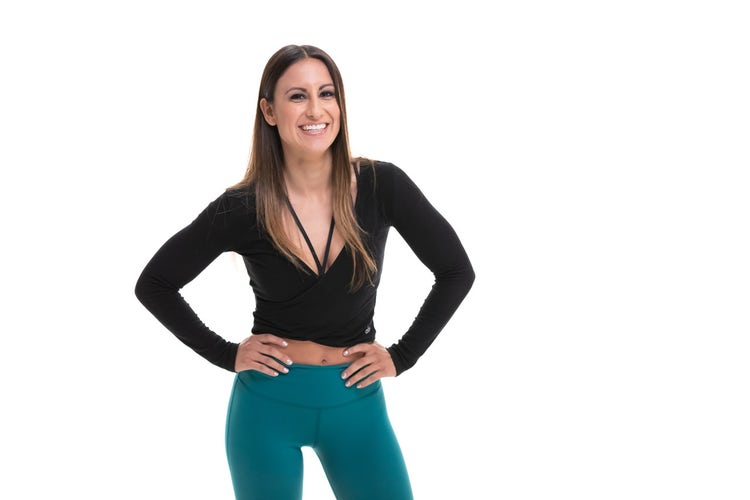
Most of us see our doctors regularly—and not just because we’re feeling under the weather. We do our yearly baseline health exams: physicals, mammograms, pap smears, skin checks, the list goes on. It’s been ingrained in us from a young age to check in with our doctors on a consistent basis to prevent the risk of something more serious occurring, or going uncaught or untreated.
What if we also treated our visits to a physical therapist this way? That’s how Jennifer Esquer, DPT, more widely known as Doc Jen Fit, wants you to start thinking about physical therapy.
“Most people are going to go see a physical therapist after surgery, or if your doctor tells you to because of back pain or shoulder pain,” Esquer explains. “I wish people would go in at least once a year, or every six months, and get checked, just to see what’s happening with the body. There could be strains and pulls or weaknesses and strengths that we’re not even aware of within our body.”
The Los Angeles–based Esquer is a leading proponent of body awareness for injury prevention. By optimizing our bodies and understanding its natural tendencies, compensatory patterns and more, Esquer says we can prevent injury and pain, not just rehab it.
That also means not relying on external stimuli—like foam rolling, massage, hot yoga or modern medicine—to “fix” our pain.
“The most common thing that I see is that we’re taught to mask pain. So if a pain comes up, you’re taught to take a pill, you’re taught to rub an ointment on it—you’re taught to mask the symptom of pain,” Esquer explains. “We lose this identity of how to truly listen.”
Instead, Esquer says, she teaches her clients to recognize that pain is not bad—it’s necessary in our body as a form of feedback. “If we don’t feel pain, then that becomes a problem because we don’t know if we’re hurting ourselves, if we’re causing something wrong in our body.”
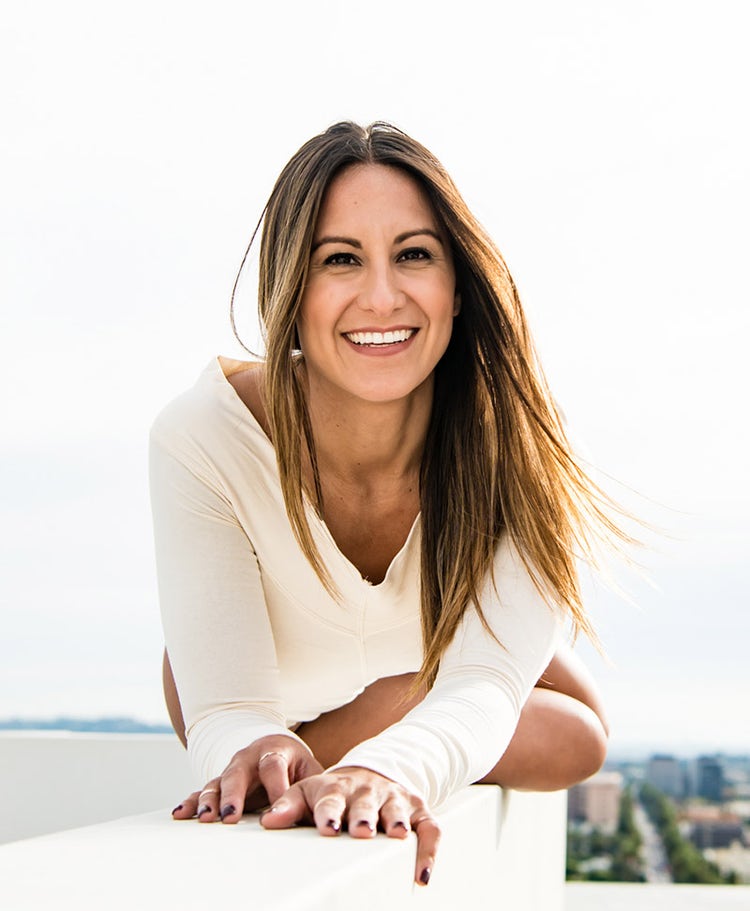
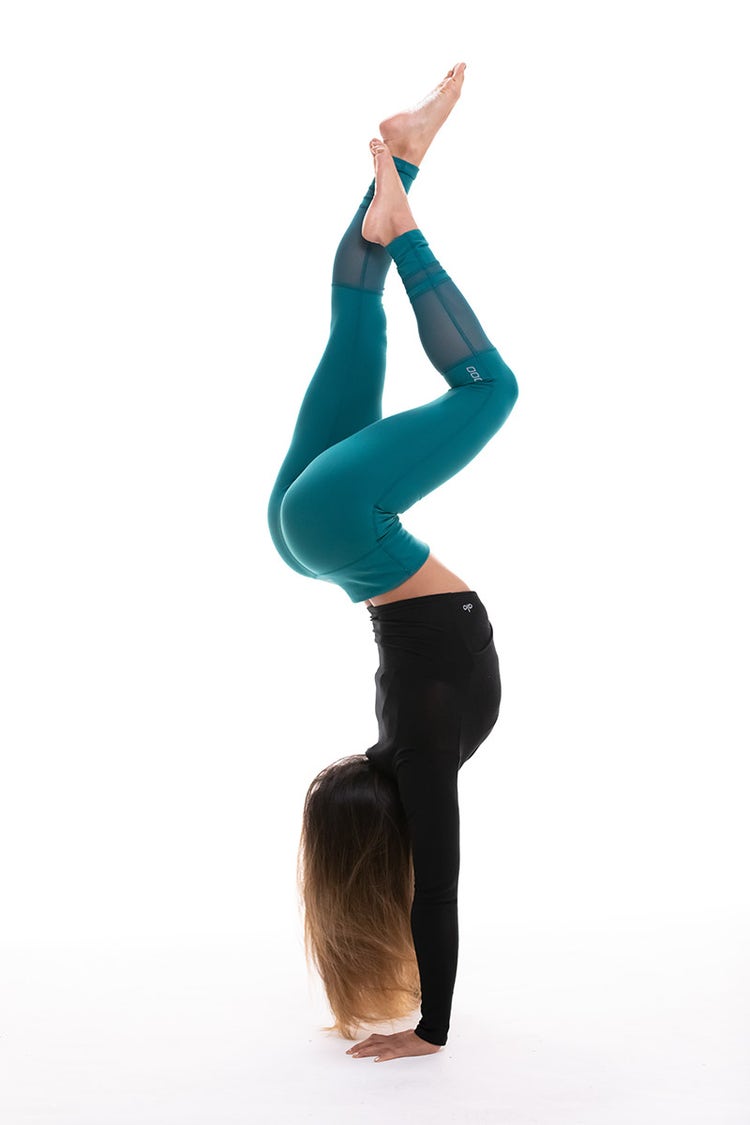
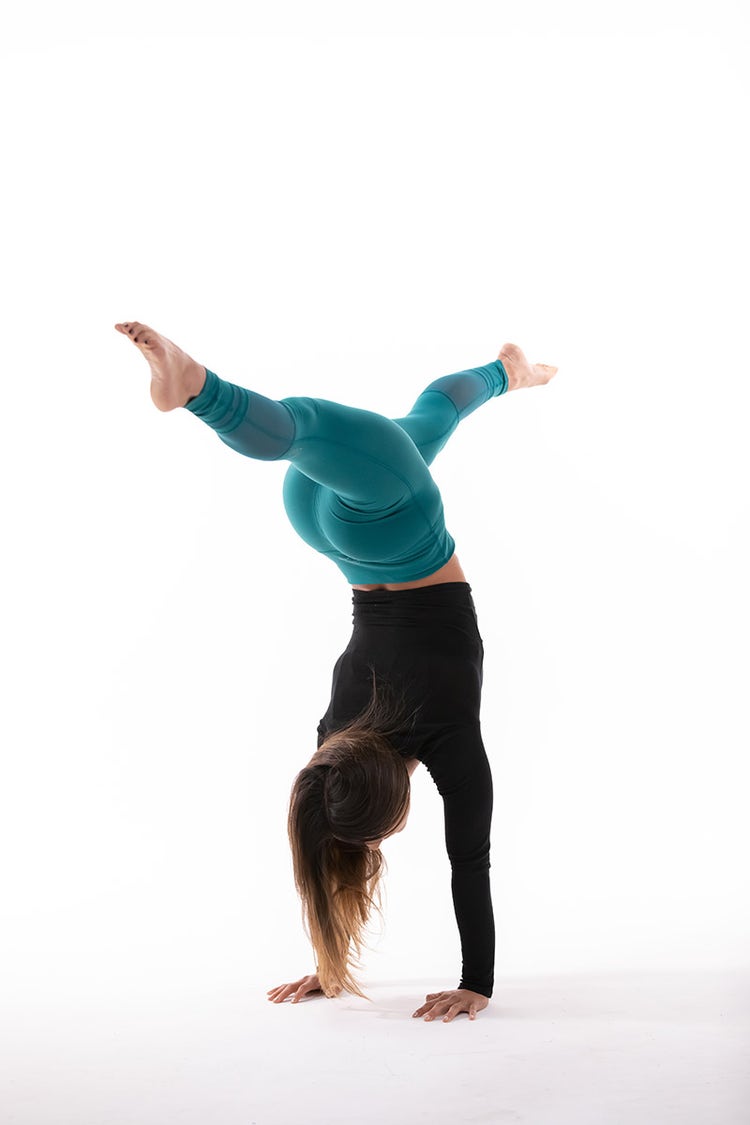
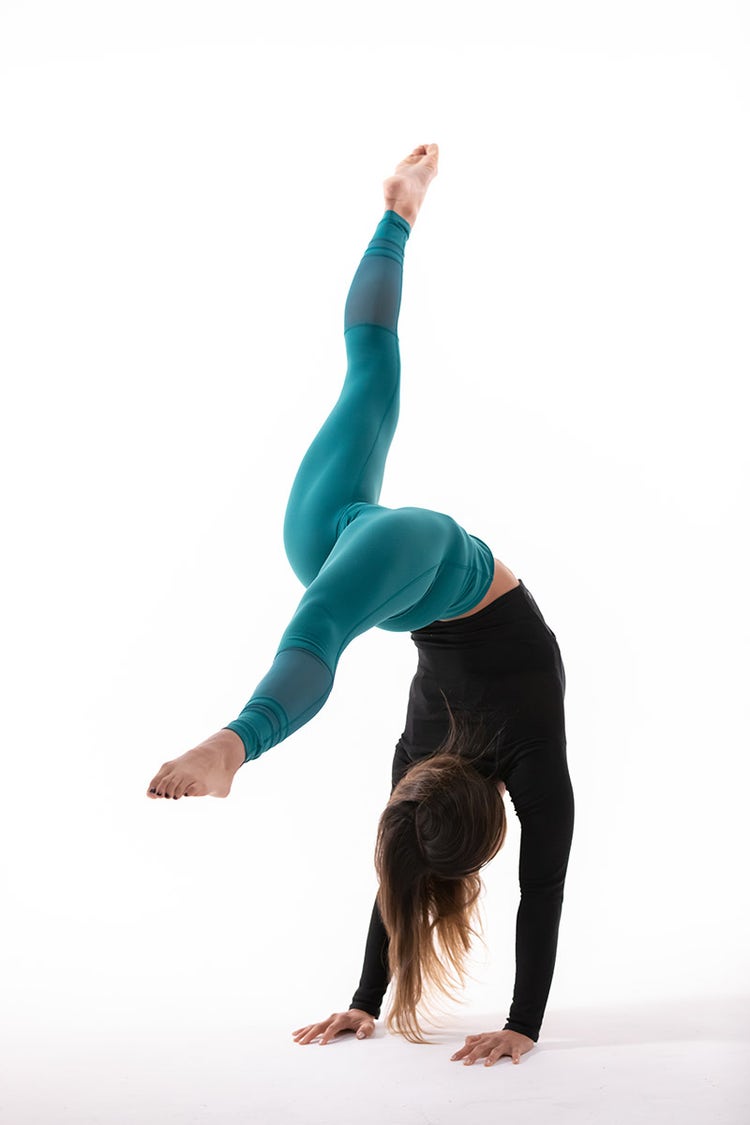
Treating the whole body
Furthermore, where that pain is located is probably also not the problem, Esquer says. Usually, pain in the shoulder indicates a deeper problem in the body, often starting from the hip or foot or even your pelvic floor not functioning properly. This, Esquer says, is a perfect example of why we have to think in terms of the body as a whole, not individual parts—something contraindicated in her college science courses.
“When we think of the pain as the problem, that’s where we miss the bigger picture of us moving as a whole,” she says. “So acknowledging that pain is not bad, it’s just a signal in your body talking to you. Learn to acknowledge that and say, ‘OK, how can I look at my body as a whole?’”
So how do we learn to treat our body from a whole-body perspective?
Increase your physical awareness. Esquer wants you to get internally present but to seek out an expert for help with this, as well. “That could look like dropping in to see a physical therapist and just getting an overall picture of where your body might be having these compensations or restrictions or strength issues or motor-pattern issues,” she says.
Ditch the “good” or “bad” movement mentality and opt for variability. For Esquer, movement is movement. It doesn’t matter what you’re doing, as long as you’re moving and not sitting on the couch. “Then it becomes how can we start to sprinkle in some different variability within your movement? So if you’re only running, how can we add on different things? If you’re only doing yoga, how can we add on different things?” she asks. “It’s about exploring what our bodies can do. Because our bodies are amazing and really do so much for us. No one way is good and one way is bad. Instead, let’s have compassion for our body, and let’s ease into movement and find where we can flow better between the two.”
Make mobility a priority. “It’s literally our foundation,” Esquer says. As babies, we were mobile—always on the move crawling, standing and walking. But as adults, we sit at a desk and in cars, all day in stiffened positions, and don’t play on the floor or crawl. We lose our ability to move our joints through their full range of motion, which can be dangerous when we step into the gym, Esquer says.
“We lose mobility, and then all of a sudden, we go into workout class and think, I’m going to get really strong and look a certain way, and you get injured because you lost your foundation,” she says. “It’s so important to get down to that foundation first. It doesn’t have to be a whole hour of mobility a day. Add a couple of exercises before you get out of bed, before you work out and after you work out.”
Remember that comparison is the road to injury. When it comes to movement intensity, Esquer says, stop worrying about the person you follow on Instagram or at the gym next to you. “Focus on where you’re at in your own personal journey, and get rid of comparison,” she says.
That might mean starting with body-weight exercises. Once you’ve mastered those, start to add on weight and reps. Ask yourself why you’re working out—for a sport, for exercise, for health? “What do you really want? Start to listen to your body, and be OK with modifying, being OK with progressing over time. Learn what the difference between soreness is versus pain,” Esquer says. “Your brain’s going to believe whatever it believes, so why don’t you just start telling it a different story? Rather than saying, ‘I’m not good enough yet,’ why don’t you just start saying, ‘I am good enough. I am enough. I can do it.’”
Trust your gut. We’ve been conditioned not to trust ourselves, Esquer says. “ We’ve lost this whole concept of intuition and our gut because we’re not trusting it,” she explains. “I think we’ve been conditioned to not trust ourselves and not trust our bodies and to listen to the experts—what are they saying that I need to do for my body?— rather than how are they facilitating my road into my own body?”
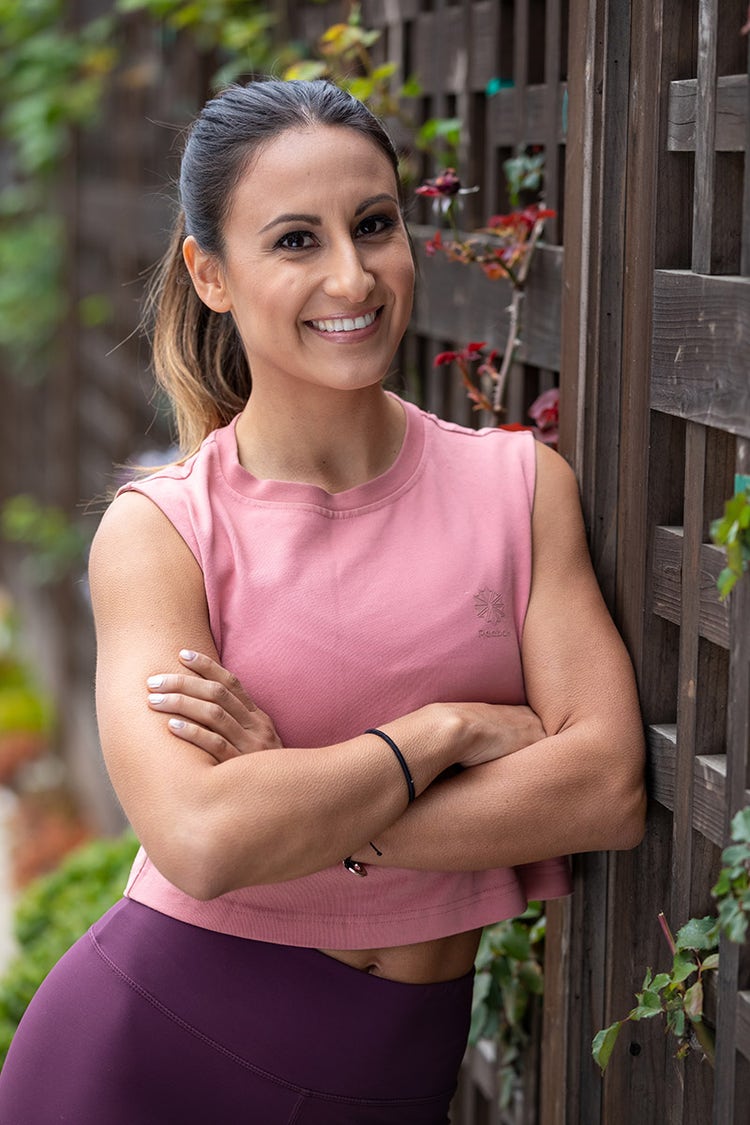
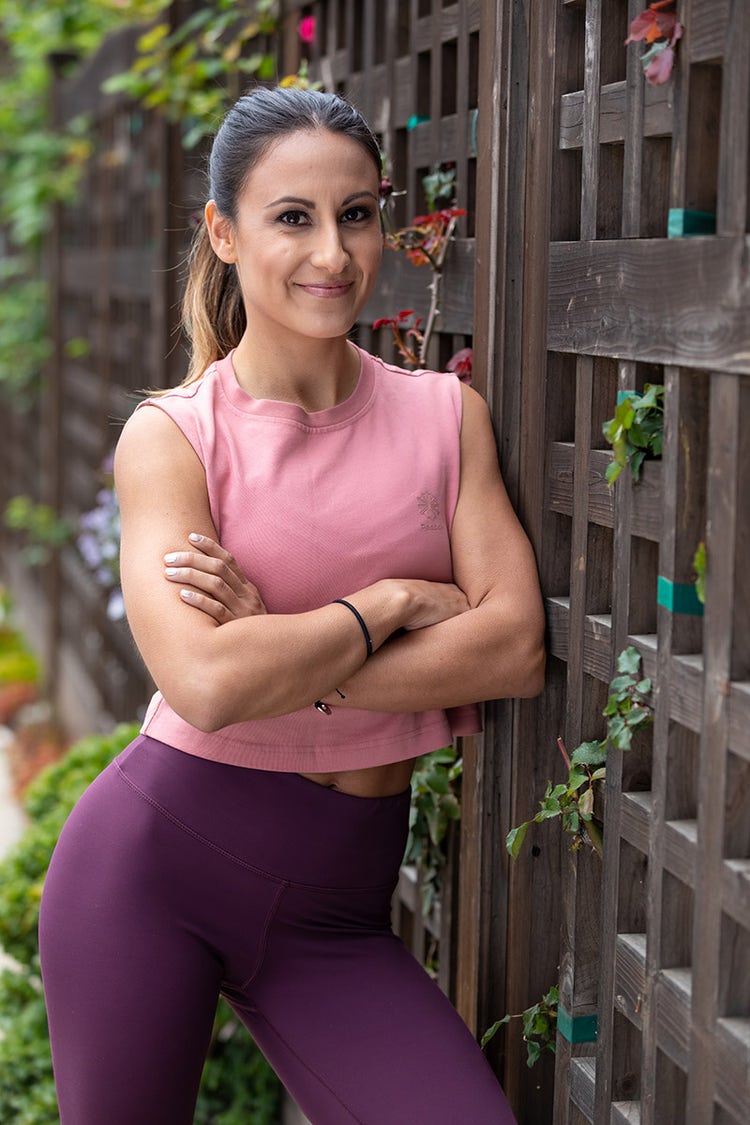
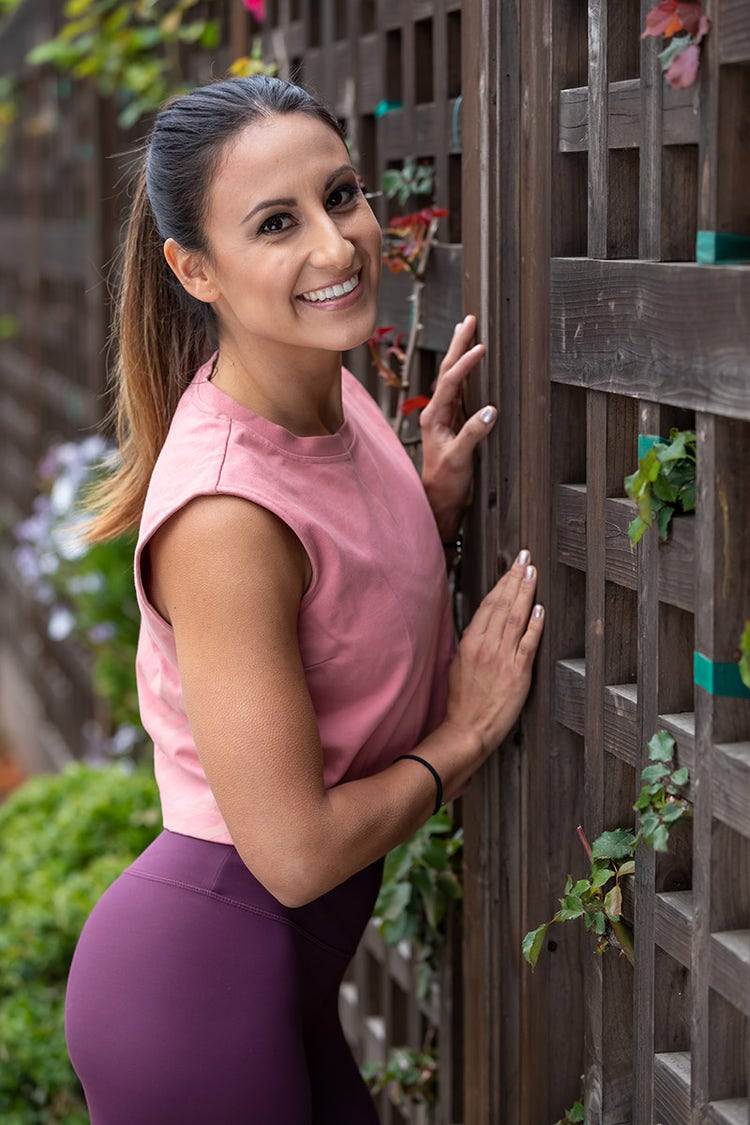
Tap into your body
In order to trust your gut, you have to be able to hear it. Below are five ways from Esquer to get present in the body, recognize when it’s trying to tell you something and act on it.
- Reclaim your breath—“The breath can literally tap us into our autonomic nervous system, one we thought we didn’t have any control over but now we can have control over based on what we do with our breath,” Esquer says. How do you do this? By breathing slower, in and out through the nose, and deeper into your belly, feeling your rib cage expand. Esquer recommends doing it before bed, in traffic, at work and with your kids. “Bring it into stressful situations and see if you can retrain your system,” she says.
- Tell your story— Esquer starts her meetings with clients by asking them to share their story, to identify what pain may actually be bottled-up emotions. “Tell me what’s happening in your life, what stress could be happening, what foods you’re eating, how work is, how your personal life is,” Esquer says. “I’m not trying to be a therapist; I’m trying to open space so that they can find it themselves. So that they can unleash some of the emotions and some of the things that are coming up from underneath the surface.”
- Release your emotions— Esquer knows that people come to her because they’re in pain, but that’s typically not the issue, she says. “The issue is that they’re neglecting something around them. And it’s typically not that pain point; it’s typically something else on the body,” Esquer explains. The same goes for our lives, she adds. “We’re typically neglecting something, and we want to blame it on something external. But it’s not about that, it’s about looking inside ourselves and teaching people the tools to do that, to start to increase their awareness.”
- Get back to the foundation— Esquer wants everyone to get back to mobility, even if it means simply sitting on the ground. “It doesn’t have to even be a fancy mobility routine; it could literally be sitting on the ground,” she says. Play is another mobility tool—Esquer loves to get upside down. “I love to do a handstand a day; that is play for me.”
- Listen— How do you feel after you eat certain foods? How do you feel after you hang out with certain people? A workout? “We wanna be moving into things that give us life,” Esquer says. “Listen to what your body needs in terms of food, in terms of movement, in terms of mobility and in terms of mindset—that’s how we get back our inner knowing.”
Video and photo credit: Todd Cribari, inspirostudio.com
Photo credit: Ania Volovique
Hair and makeup: Lisa Monette